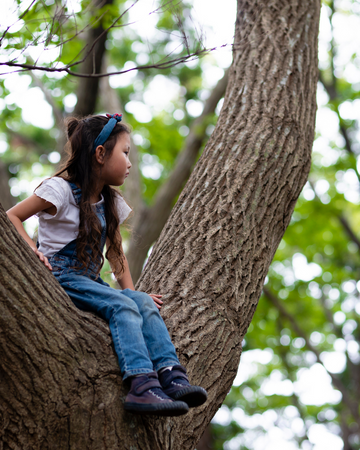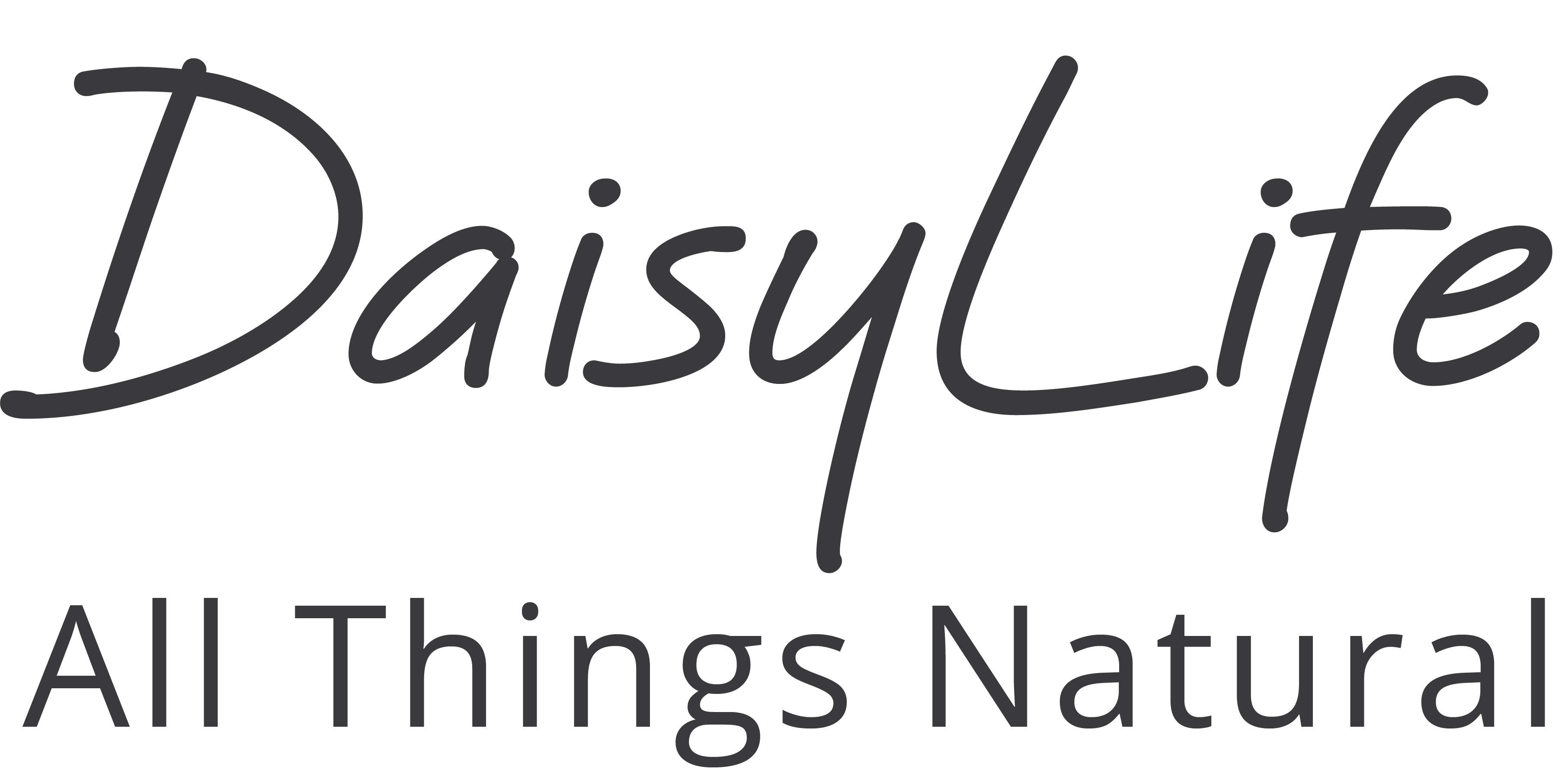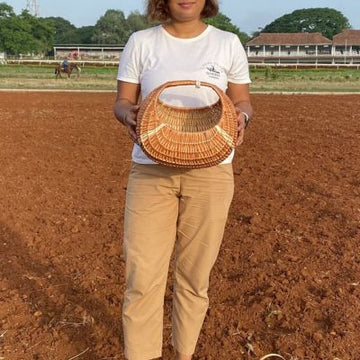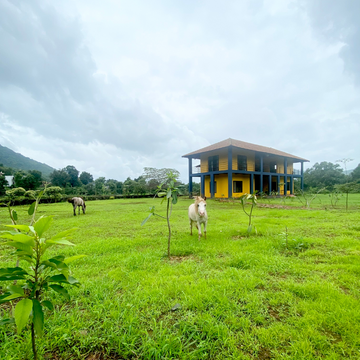
Simple natural materials, used in daily routines, give a sense of connection and grounding that feels like home. In the modern lifestyle, a connection with the real elements on a daily basis for basic activities like how it always was, keeps us connected to life close to nature.
Humans are instinctively drawn to living things, to nature, to life. Over time, human and nature interactions have reduced and while there was no solid scientific data, people understood the desire to spend more time in the woods.
Richard Louv coined the term Nature-Deficit Disorder® first in 2005 with the publication of “Last Child in the Woods: Saving Our Children from Nature-Deficit Disorder” by Richard Louv.
We go into his blog to read the exact understanding of this term. You can read the full blog and more on his website here
From his blog-
What is Nature Deficit Disorder?
I coined the phrase to serve as a description of the human costs of alienation from nature and it is not meant to be a medical diagnosis (although perhaps it should be), but as a way to talk about an urgent problem that many of us knew was growing, but had no language to describe it. The term caught on, and is now a rallying cry for an international movement to connect children to rest of nature. Since then, this New Nature Movement has broadened to include adults and whole communities.
Although human beings have been urbanizing, and then moving indoors, since the introduction of agriculture, social and technological changes in the past few decades have accelerated the human disconnect from the natural world.
Since 2005, the number of studies of the impact of nature experience on human developed has grown from a handful to nearly one thousand. This expanding body of scientific evidence suggests that nature-deficit disorder contributes to a diminished use of the senses, attention difficulties, conditions of obesity, and higher rates of emotional and physical illnesses. Research also suggests that the nature-deficit weakens ecological literacy and stewardship of the natural world. These problems are linked more broadly to what health care experts call the “epidemic of inactivity,” and to a devaluing of independent play. Nonetheless, we believe that society’s nature-deficit disorder can be reversed.
Recent studies focus not so much on what is lost when nature experience fades, but on what is gained through more exposure to natural settings, including nearby nature in urban places.
Abstracts to many of these studies, often linked to the original research, can be found at the Children & Nature Networks Online Research Library.
---------------------
How nature aids mental well-being is being studied and experienced by many. A simple walk in the park, a day in the woods, little gardening at home, in fact even a little plant at home lifts the spirits.
The textures and tones of nature at home can add warmth to any space. Thoughtful and conscious use of products that connect with nature invariably as a part of the simple daily routines help keep a sense of reality alive and makes you feel one with nature.
______________
Know more about Human & Nature interactions
Read about Nature in daily life
See Consciously Living at DaisyLife
Real life experiences and learnings in Your Stories
Taste the flavours of nature with recipes from Cafe Daisy
______________
Sign up to our newsletter here to get updates on products, deals, discounts and more such stories
Connect with us on Instagram: @daisylife.in to see natural material products in daily life
Want to read more? Check out our blog #DaisyLifeDiaries



